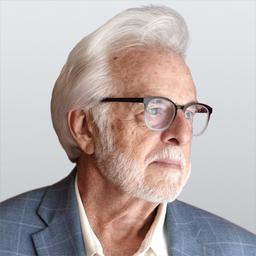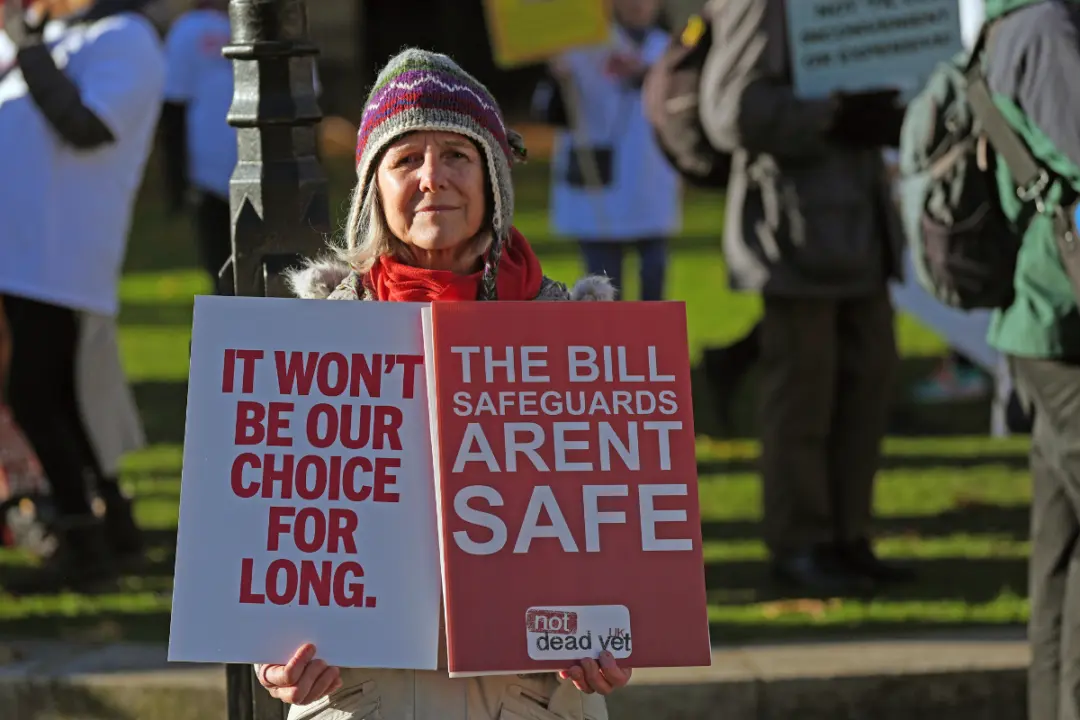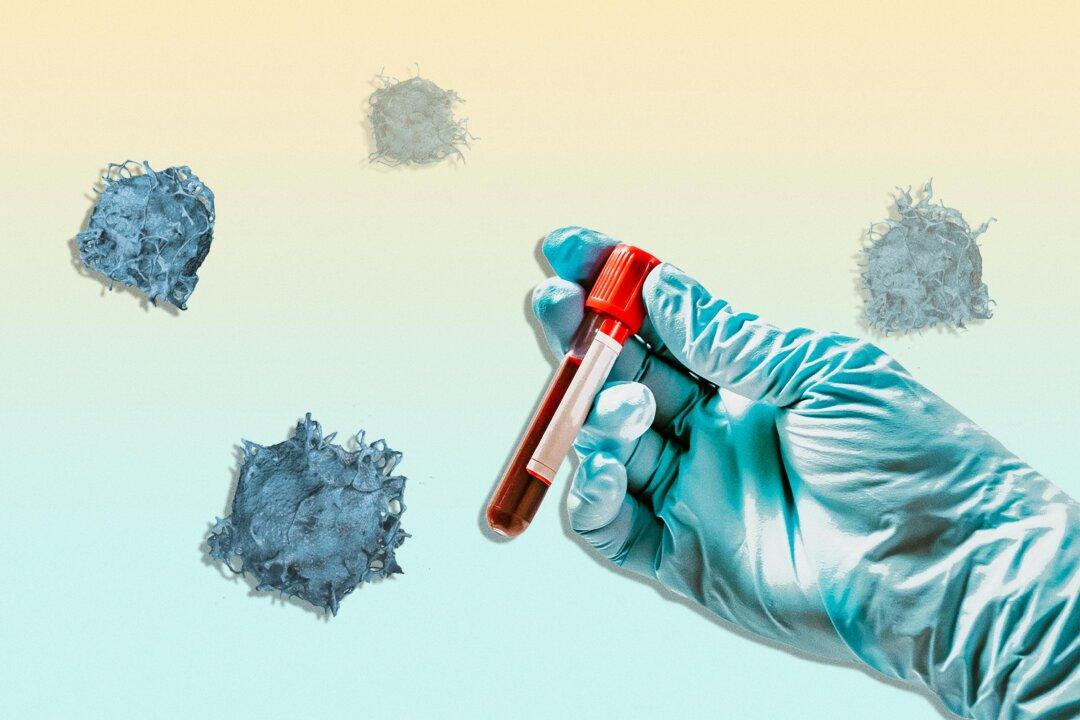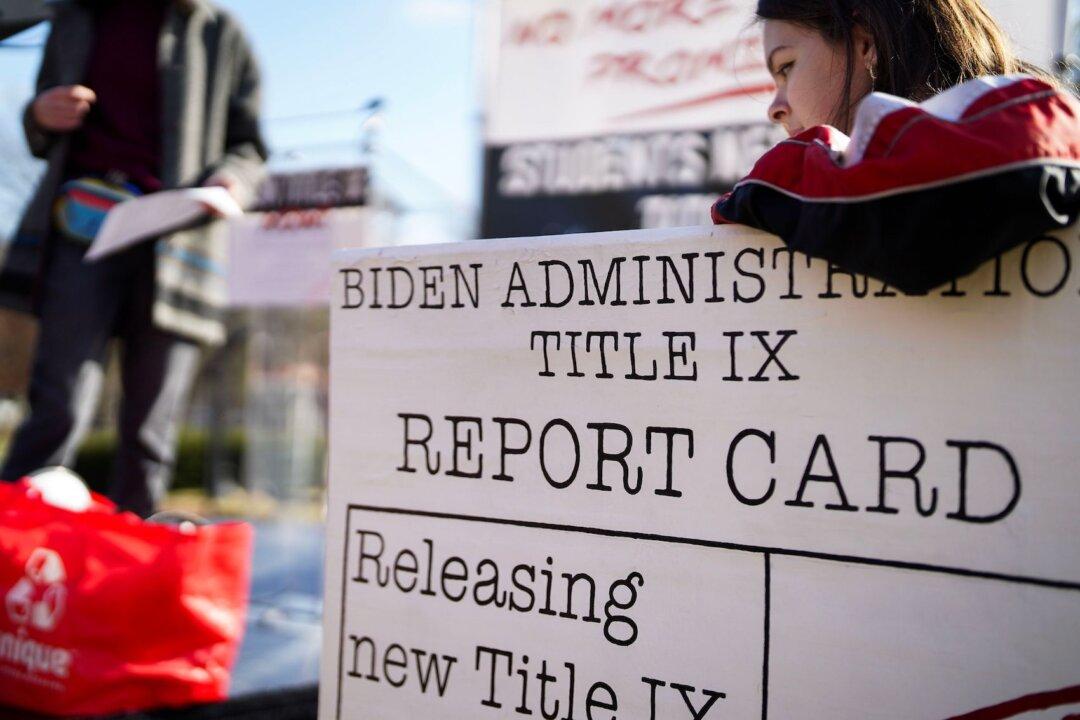Commentary
Because of long transplant waiting lists, bioethics and medical establishments are bent on increasing the source of organs. It has gotten so bad that some of the most influential policy advocates in bioethics are now urging that doctors be allowed to do what was once considered unthinkable—kill would-be donors for their organs.





